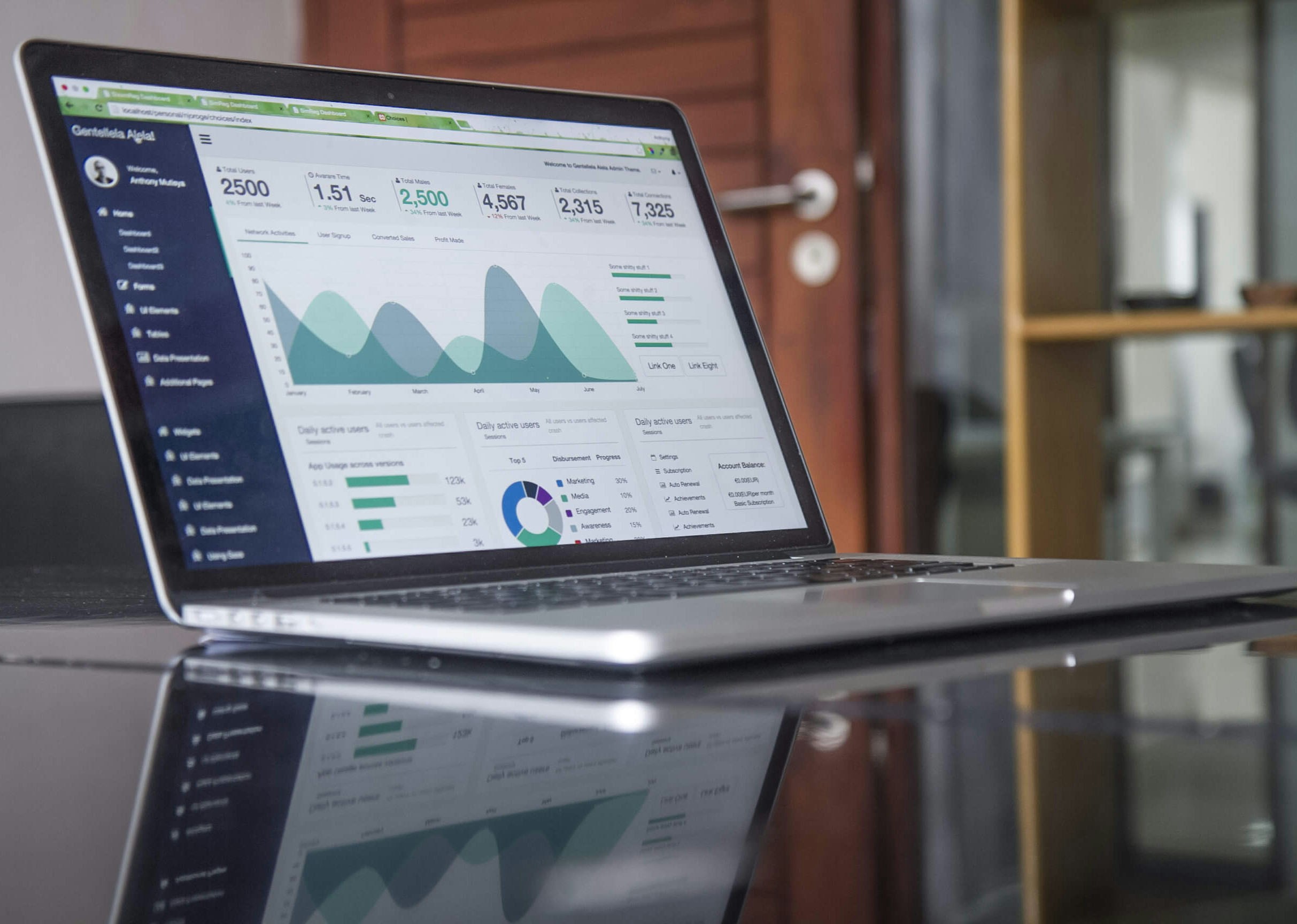Competition is fierce in the retail sector as traditional brick-and-mortar businesses face the digital revolution. Data is key for all-sized retailers, not only to assess how far they’ve come but to provide a clear direction for the future. That’s easier said than done, though, which is where forecasting comes in place, providing an opportunity for growth and success even in the most unpredictable market conditions.
Why retailers should prioritise forecasting
Just like many other industries, retailers are faced with many challenges. This includes changing consumer demands, evolving trends, and the need for product innovation and differentiation. One such way to navigate these obstacles and come out top of the market is to use accurate forecasting. Tools which use machine learning and predictive analytics can use information from past sales, foot traffic and online interactions and turn this into insights for the future.
Not only does this information help retailers to determine which stock might be popular based on previous sales, but it can also help to anticipate seasonal sale spikes and trends and inventory needs. It can help align resources and marketing efforts, thus reducing the risk of money and time being wasted.
The role of cash flow forecasting in retail
Cash flow forecasting, which retailers should prioritise, is when businesses use data to determine how much profits and expenses there may be in a given period where money can be invested and where it may need to be cut. For retailers, this is an essential tool for managing staff, stock and promotional campaigns. Given that many businesses struggle to succeed because of poor cash management, it shows the importance of such processes.
Effective cash flow forecasting and management means retailers must look beyond the numbers. After all, how and when was a dataset collected? Was there a promotional offer? What season were we in? As well as this, supplier payment terms, discounts and customer payment behaviours need to be considered. And expenses should be factored in, too, including rent, payrolls, stock and any future costs like renovations and digital upgrades. Once all of these factors are assessed, only then will forecasting be accurate.

Staying ahead of the curve with regular forecasting
Forecasting isn’t a one-time job but should be carried out regularly and encompass one year, three years and five years for accurate short-term and long-term forecasts. Revenue is also best analysed weekly to ensure that retailers can change their strategy. This varied and ongoing analysis is one of the best ways that retailers in the modern economy can identify potential savings as well as areas for growth.
Forecasting multiple scenarios
Experts advise that any forecasting should be done in a way that looks at the short-term, mid-term and long-term (one year, three years and five years) and that various scenarios should be considered too. This includes base case, which is a projection built on BAU; worst case, which considers challenges like sudden dips in the market or unforeseen global events which impact retail and spending; and best case, which is a hopeful projection depicting successful marketing campaigns and favourable economic conditions.
Looking forward with financial forecasting platforms
For retailers interested in forecasting, time must be spent to find the right tools and platform. With so many options available, it pays to weigh up individual needs and requirements and then find a forecasting platform that meets these. Of course, in doing so, retailers can expect to be able to manage the constant pulls of digital innovation, changing consumer preferences, and cash flow management throughout all seasons. What’s more, by gathering this data and using it effectively, retailers, whatever their size, can champion themselves financially and seize any upcoming opportunities.
Chirag Shah, founder and CEO of Nucleus Commercial Finance and Pulse has over 20 years of experience in the financial services industry and a deep understanding of the needs of UK SMEs.






